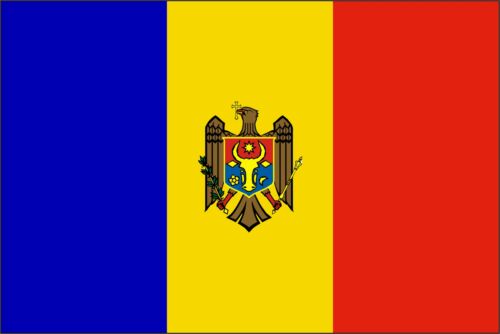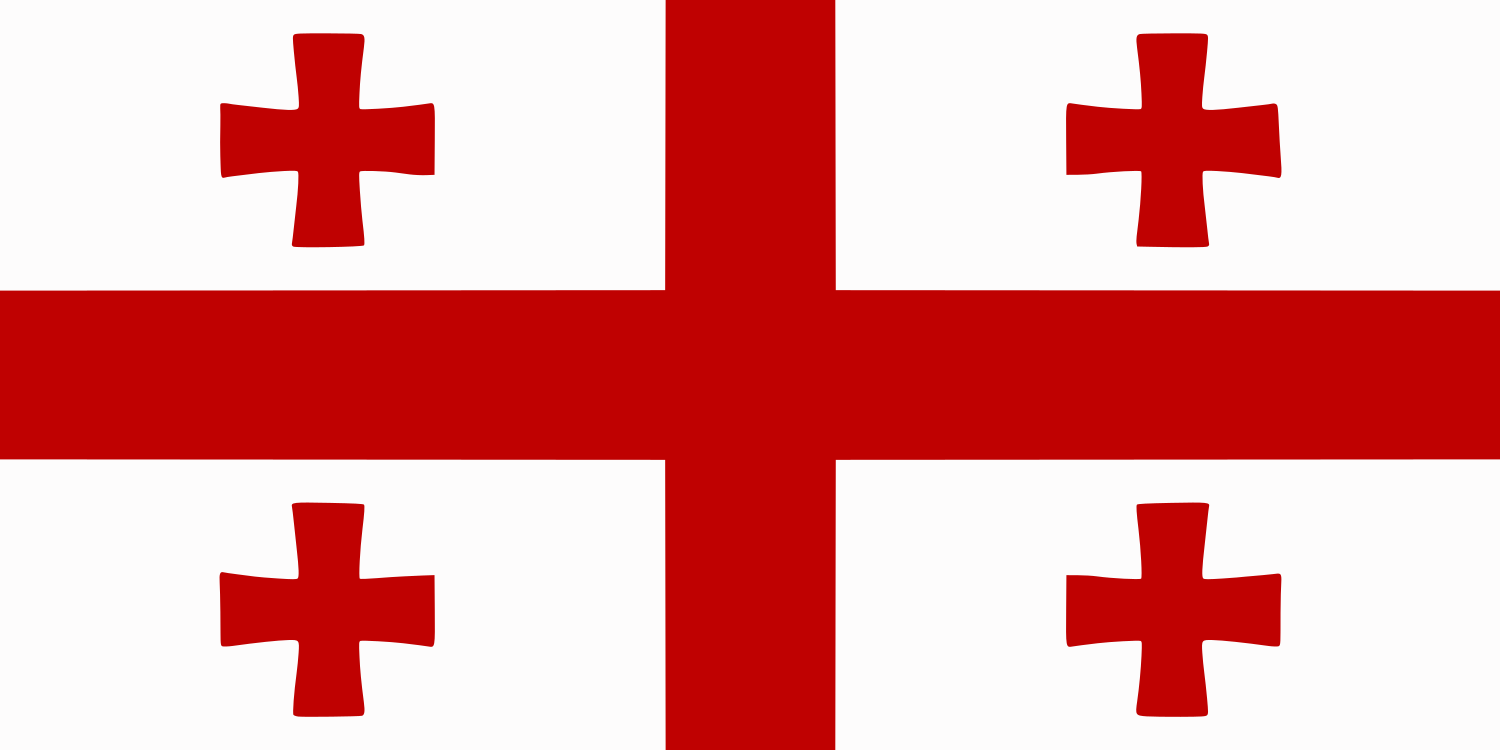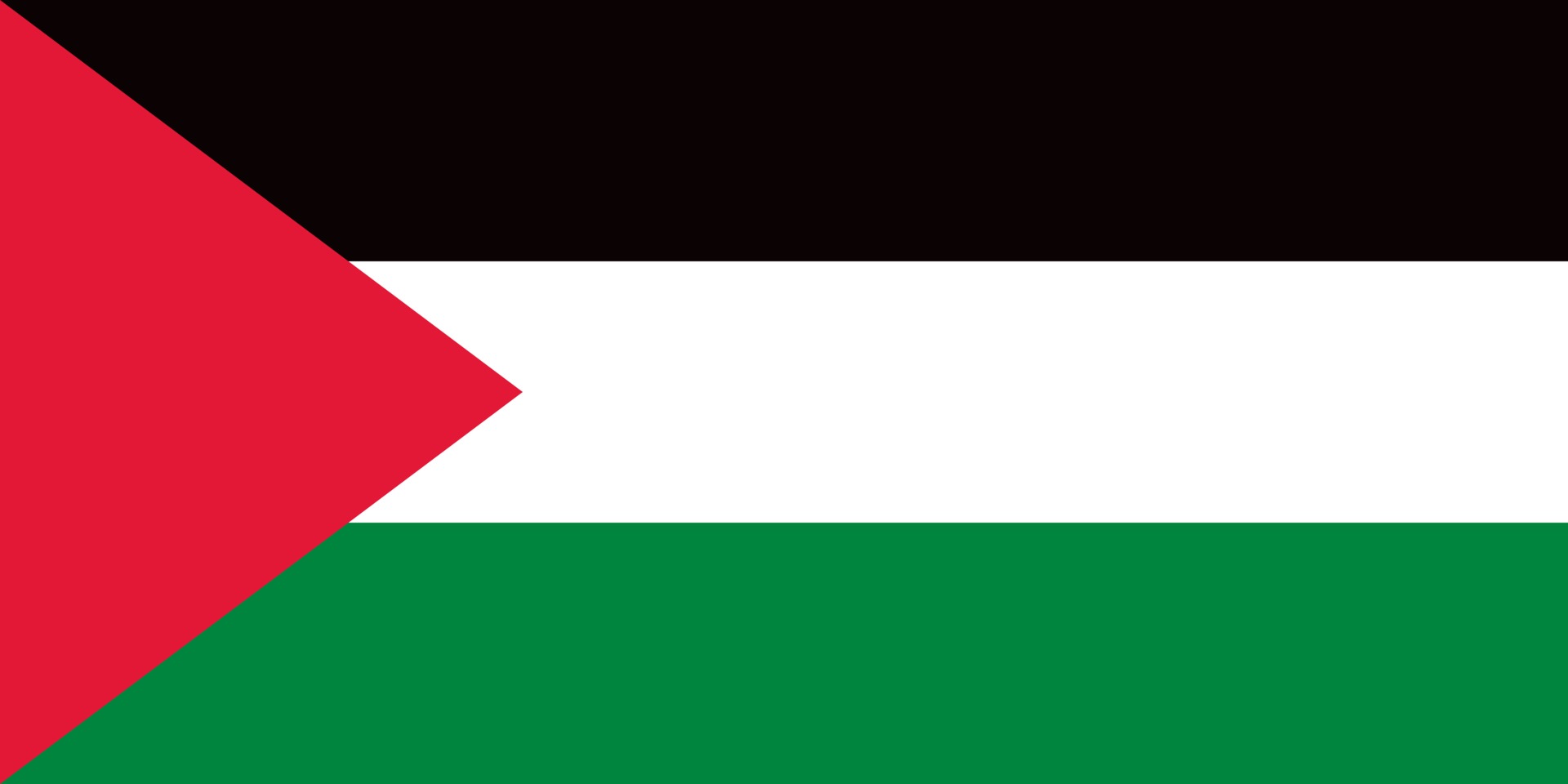RISE is a set of indicators to help compare national policy and regulatory frameworks for sustainable energy. It assesses countries’ policy and regulatory support for each of the four pillars of sustainable energy—access to electricity (for 56 access-deficit countries), access to clean cooking (for 57 access-deficit countries), energy efficiency, and renewable energy. Because policies and regulations matter when countries are seeking to attract investment in sustainable energy, and because it covers 140 countries representing over 98 percent of the world population, RISE provides a reference point to help policymakers benchmark their sector policy and regulatory framework against those of regional and global peers, and a powerful tool to help develop policies and regulations that advance sustainable energy goals.
Each indicator targets an element of the policy or regulatory regime important to mobilizing investment, such as establishing planning processes and institutions, introducing dedicated incentives or support programs, and ensuring financially sound utilities. Together, they provide a comprehensive picture of the strength and breadth of government support for sustainable energy and the actions they have taken to turn that support into reality.
Beyond helping national policymakers benchmark the energy sector framework against regional and global peers, RISE is also a valuable source of information to private investors and developers of sustainable energy projects, products, and services that ultimately make the decision on where to invest. Every new edition of RISE also allows users to assess the historical implementation of policies covered by the present questionnaire dating back to 2010 to track changes in policies over time. This “time stamp” element of RISE provides a valuable means for policymakers, researchers and private sector actors to monitor progress in specific countries and analyze potential causal or corollary relationships between reforms and results.
RISE classifies countries into a green zone of strong performers in the top third of the 0-100 score range, a yellow zone of middle third performers, and a red zone of weaker performers in the bottom third.
-
 Bahrain Middle East & North Africa
Bahrain Middle East & North Africa -
 Bangladesh South Asia
Bangladesh South Asia -
 Belarus Europe & Central Asia
Belarus Europe & Central Asia -
 Belgium OECD high income
Belgium OECD high income -
 Benin Sub-Saharan Africa
Benin Sub-Saharan Africa -
 Bolivia Latin America & Caribbean
Bolivia Latin America & Caribbean -
 Bosnia and Herzegovina Europe & Central Asia
Bosnia and Herzegovina Europe & Central Asia -
 Brazil Latin America & Caribbean
Brazil Latin America & Caribbean -
 Bulgaria Europe & Central Asia
Bulgaria Europe & Central Asia -
 Burkina Faso Sub-Saharan Africa
Burkina Faso Sub-Saharan Africa -
 Burundi Sub-Saharan Africa
Burundi Sub-Saharan Africa
-
 Cambodia East Asia & Pacific
Cambodia East Asia & Pacific -
 Cameroon Sub-Saharan Africa
Cameroon Sub-Saharan Africa -
 Canada OECD high income
Canada OECD high income -
 Central African Republic Sub-Saharan Africa
Central African Republic Sub-Saharan Africa -
 Chad Sub-Saharan Africa
Chad Sub-Saharan Africa -
 Chile OECD high income
Chile OECD high income -
 China East Asia & Pacific
China East Asia & Pacific -
 Colombia Latin America & Caribbean
Colombia Latin America & Caribbean -
 Congo, Dem. Rep. Sub-Saharan Africa
Congo, Dem. Rep. Sub-Saharan Africa -
 Congo, Rep. Sub-Saharan Africa
Congo, Rep. Sub-Saharan Africa -
 Costa Rica Latin America & Caribbean
Costa Rica Latin America & Caribbean -
 Côte d'Ivoire Sub-Saharan Africa
Côte d'Ivoire Sub-Saharan Africa -
 Croatia Europe & Central Asia
Croatia Europe & Central Asia -
 Czech Republic OECD high income
Czech Republic OECD high income
-
 Madagascar Sub-Saharan Africa
Madagascar Sub-Saharan Africa -
 Malawi Sub-Saharan Africa
Malawi Sub-Saharan Africa -
 Malaysia East Asia & Pacific
Malaysia East Asia & Pacific -
 Maldives South Asia
Maldives South Asia -
 Mali Sub-Saharan Africa
Mali Sub-Saharan Africa -
 Mauritania Sub-Saharan Africa
Mauritania Sub-Saharan Africa -
 Mexico Latin America & Caribbean
Mexico Latin America & Caribbean -
 Moldova Europe & Central Asia
Moldova Europe & Central Asia -
 Mongolia East Asia & Pacific
Mongolia East Asia & Pacific -
 Montenegro Europe & Central Asia
Montenegro Europe & Central Asia -
 Morocco Middle East & North Africa
Morocco Middle East & North Africa -
 Mozambique Sub-Saharan Africa
Mozambique Sub-Saharan Africa -
 Myanmar East Asia & Pacific
Myanmar East Asia & Pacific
-
 Saudi Arabia Middle East & North Africa
Saudi Arabia Middle East & North Africa -
 Senegal Sub-Saharan Africa
Senegal Sub-Saharan Africa -
 Serbia Europe & Central Asia
Serbia Europe & Central Asia -
 Sierra Leone Sub-Saharan Africa
Sierra Leone Sub-Saharan Africa -
 Singapore East Asia & Pacific
Singapore East Asia & Pacific -
 Slovak Republic OECD high income
Slovak Republic OECD high income -
 Solomon Islands East Asia & Pacific
Solomon Islands East Asia & Pacific -
 Somalia Sub-Saharan Africa
Somalia Sub-Saharan Africa -
 South Africa Sub-Saharan Africa
South Africa Sub-Saharan Africa -
 South Sudan Sub-Saharan Africa
South Sudan Sub-Saharan Africa -
 Spain OECD high income
Spain OECD high income -
 Sri Lanka South Asia
Sri Lanka South Asia -
 Sudan Sub-Saharan Africa
Sudan Sub-Saharan Africa -
 Sweden OECD high income
Sweden OECD high income -
 Switzerland OECD high income
Switzerland OECD high income























































































